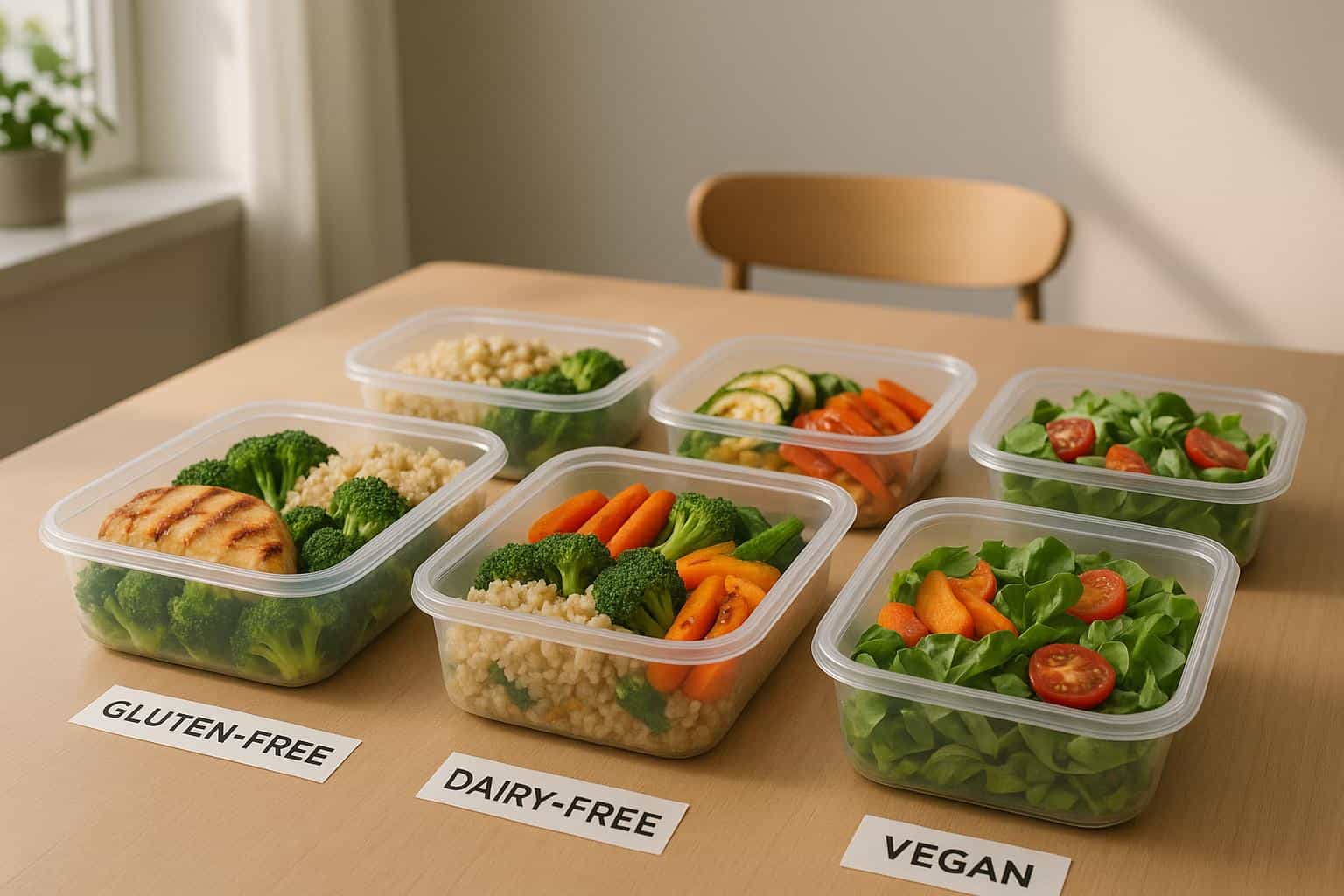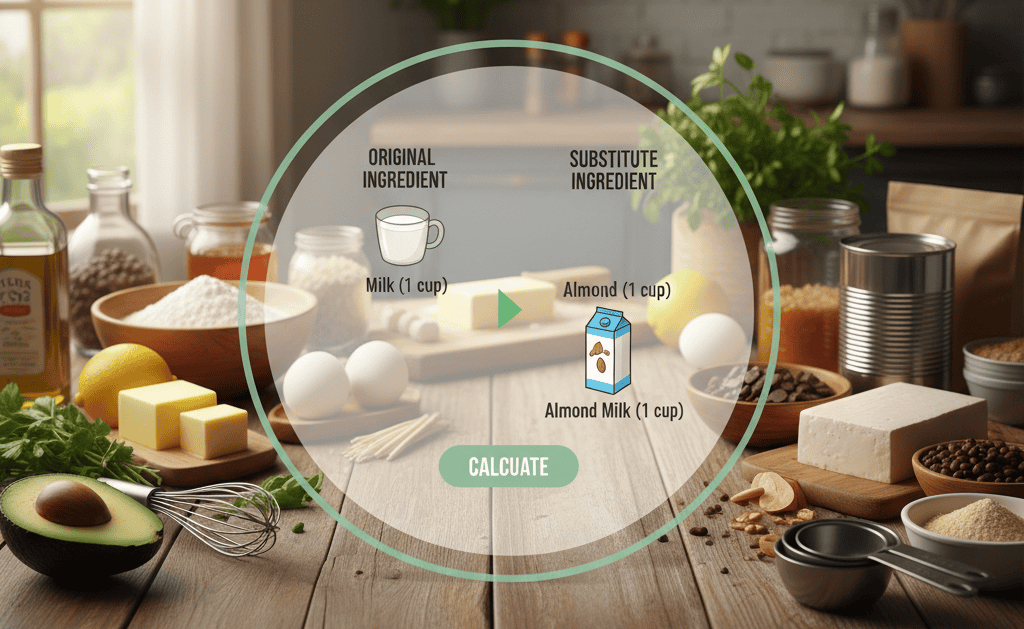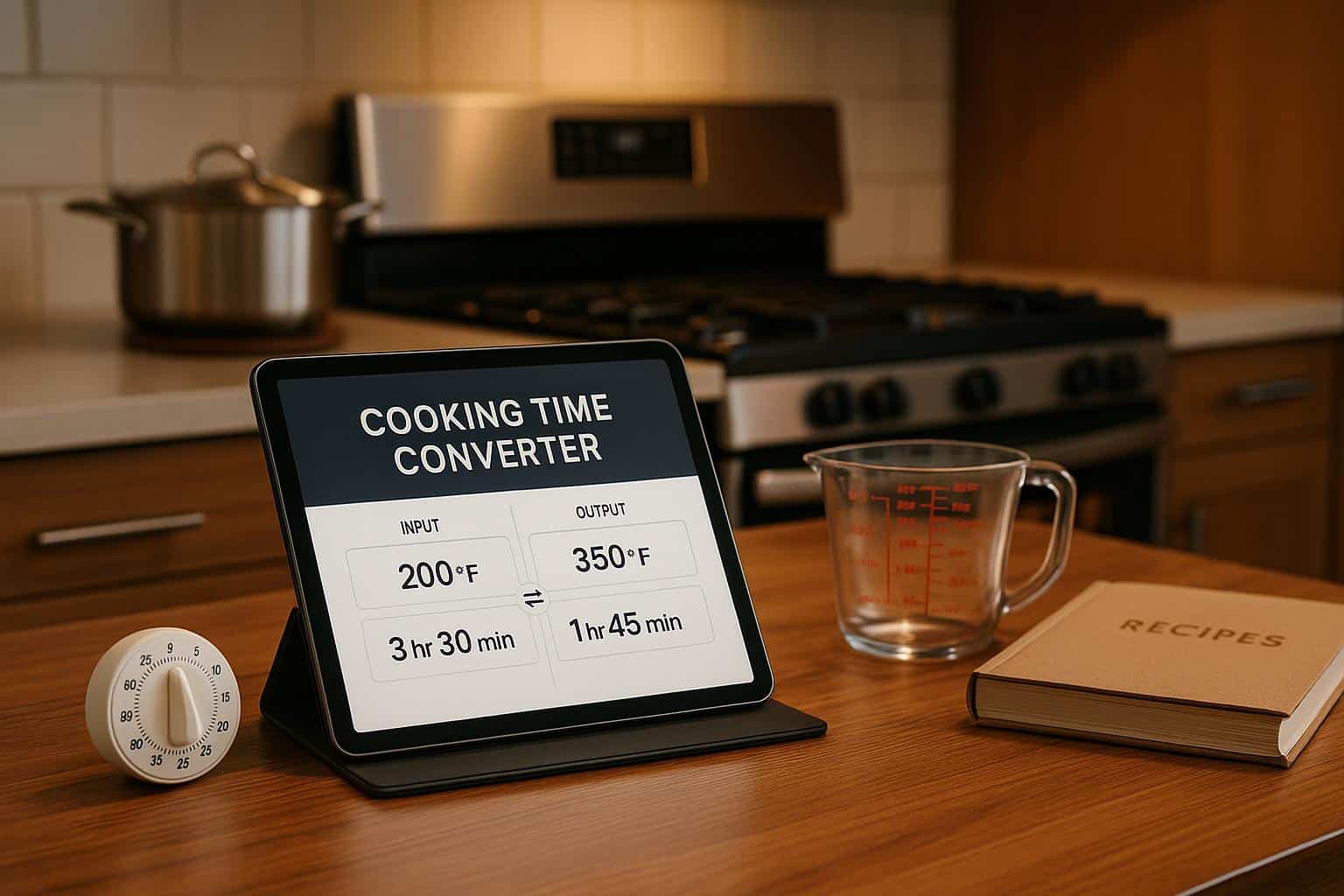Budget grocery shopping doesn’t mean giving up everything you love or compromising your family’s health. I know it might feel that way when you’re staring at rising food costs and trying to stretch every dollar. But here’s what I’ve learned after years of helping families navigate grocery budgets: the most successful budget shoppers aren’t the ones who deprive themselves—they’re the ones who shop with intention and use smart strategies.
The average American family of four throws out $1,600 a year in produce, while many families struggle to afford nutritious meals. The real challenge isn’t just spending less money—it’s creating a sustainable system that nourishes your family without breaking your budget or your spirit.
Let me share practical, actionable strategies for budget grocery shopping that focus on abundance rather than restriction, and show you how tools like OrganizEat can help you stay organized and intentional with your food choices.
Why Budget Grocery Shopping Matters (But Not Why You Think)
Budget grocery shopping is about taking control of one of your household’s biggest expenses while ensuring your family eats well and stays healthy. When you shop with intention rather than impulse, you reduce stress and create more room in your budget for the things that truly matter to your family’s health and happiness.
The goal is to spend as little as possible—but it doesn’t have to be miserable. Smart budget shopping means finding ways to stretch every dollar while still enjoying the foods that bring your family joy.
Start With What You Love (Not What You Can’t Have)
Instead of starting with a list of everything you should cut out, begin by making a list of foods that bring your family genuine joy. Maybe it’s that really good olive oil that makes every meal taste better, or the artisanal cheese your partner loves, or the organic strawberries your kids devour.
These aren’t budget enemies—they’re your budget priorities. Use the expensive cheese principle: instead of buying a $15 wheel of brie every week, buy it once a month and savor it intentionally. The monthly cost is the same, but the experience becomes more meaningful.
Take Inventory Before You Shop
The most affordable ingredients are the ones you already own. Before you write a single item on your shopping list, take a systematic tour of your kitchen. Check your fridge, freezer, and pantry with fresh eyes.
Make this fun by treating it like a “weekend science experiment.” What interesting combinations can you create with what’s already there? OrganizEat’s ingredient-based recipe search helps you input ingredients you have on hand and discover recipes that use them.
Shop Sales and Plan Around Deals
Smart shoppers know that building meal plans around what’s already discounted can cut grocery costs by 30-40% without sacrificing variety or nutrition.
Check Store Ads Before Planning Meals
Make checking weekly store ads part of your meal planning routine. For families specifically focused on budget meal planning, our guide on how to meal plan on a budget provides additional strategies for stretching your food dollars. When chicken thighs are $0.99 per pound instead of their usual $2.99, that’s the week to plan chicken-based meals. When bell peppers are buy-one-get-one-free, plan stir-fries and stuffed peppers.
Build a flexible meal rotation that can adapt to what’s on sale. Instead of planning “chicken parmesan on Tuesday,” plan “protein with vegetables on Tuesday” and decide which protein based on current sales.
Stock Up Smart During Sales
When non-perishable items you use regularly go on sale for 40% off or more, buy enough to last until the next sale cycle (usually 6-12 weeks). This works particularly well for:
- Canned tomatoes, beans, and broth
- Pasta, rice, and dried grains
- Frozen vegetables and proteins
- Personal care items and cleaning supplies
The key is only stocking up on items your family actually uses regularly. Don’t buy 10 cans of corn just because they’re cheap if your family doesn’t eat corn.
Use Coupons Strategically
The key to successful couponing isn’t clipping every coupon you see—it’s combining the right coupons with sales on items your family actually uses.
Stack Store Sales with Coupons
The biggest savings happen when you combine manufacturer coupons with store sales. Many stores double coupons up to $1, turning a $0.50 coupon into $1.00 off during sale weeks.
Download your grocery store’s app to access digital coupons that apply automatically at checkout. These stack with paper coupons for additional savings on items you’re already buying.
Focus on Items You Actually Use
Don’t let coupons drive your purchases. Only use coupons for products your family regularly consumes. A coupon for expensive organic crackers isn’t a deal if your family prefers homemade snacks or store-brand options.
Buy in Bulk (But Be Smart About It)
Bulk buying can offer significant savings, but only when you focus on the right items and avoid the common traps that turn “deals” into waste.
Know Your Unit Prices
Bigger packages aren’t always cheaper per unit. Always check the unit price (price per ounce or pound) on shelf tags. Sometimes the smaller size is actually a better deal, especially during sales.
Best Items for Bulk Buying
Focus bulk purchases on non-perishables your family uses frequently:
- Rice, quinoa, and dried beans
- Nuts, seeds, and dried fruits
- Spices from bulk bins (if available)
- Frozen proteins when on deep discount
- Household items like toilet paper and soap
Avoid Bulk Buying Fresh Items
Unless you have specific plans to use or preserve them immediately, avoid buying fresh produce in bulk. It’s not a deal if half of it spoils before you can eat it.
Choose Store Brands for Basics
Store brands can cut your grocery bill by 20-30% on everyday essentials, but knowing where they excel and where name brands matter makes all the difference.
Where Store Brands Shine
Store-brand products offer identical quality to name brands at 20-30% lower prices for:
- Basic pantry staples (flour, sugar, baking powder)
- Canned goods (tomatoes, beans, broth)
- Frozen vegetables and fruits
- Cleaning supplies and paper products
- Over-the-counter medications
When to Stick with Name Brands
Some items are worth the extra cost when brand matters to your family’s satisfaction:
- Condiments you use frequently (ketchup, mayo)
- Items with complex flavors (vanilla extract, soy sauce)
- Products with significant texture differences (certain cereals or snacks)
Shop Seasonal Produce
Eating with the seasons is one of the easiest ways to get premium flavor and nutrition at budget-friendly prices.
Learn Your Local Seasons
In-season produce costs significantly less and tastes better than out-of-season alternatives. Summer tomatoes, fall apples, winter squash, and spring asparagus offer peak flavor at lowest prices.
Create a simple seasonal guide for your area and plan meals around what’s naturally abundant. This approach saves money while providing maximum nutrition and flavor.
Preserve Peak Season Abundance
When seasonal favorites are at their cheapest and best, buy extra to preserve:
- Freeze berries and stone fruits for smoothies
- Make and freeze tomato sauce during peak tomato season
- Blanch and freeze vegetables like broccoli and green beans
Use Your Freezer Strategically
Your freezer is your budget’s best friend when you use it to preserve sale prices and batch-cook affordable meals for busy weeks.
Batch Cook and Freeze
Cook large batches of budget-friendly meals like chili, soup, and casseroles when you have time. Freeze portions in family-sized containers for busy weeks when you might otherwise order takeout.
This strategy lets you take advantage of bulk ingredient purchases while ensuring nothing goes to waste.
Freeze Proteins from Sales
When meat, poultry, or fish goes on deep discount, buy several packages and freeze them properly. Label with contents and date, and use within 3-6 months for best quality.
Plan Flexible Meals
Building meals around versatile, multi-purpose ingredients gives you the flexibility to adapt to sales and seasonal changes without sacrificing variety.
Build Around Versatile Ingredients
Plan meals using ingredients that work across multiple recipes. Eggs can become breakfast, lunch, or dinner. Rice works in stir-fries, soups, and side dishes. Ground turkey adapts to Italian, Mexican, or Asian flavors.
Keep Emergency Meals Ready
Always have ingredients on hand for 2-3 simple meals your family enjoys. When unexpected schedule changes derail your meal plan, these backup options prevent expensive takeout orders.
Organize with OrganizEat
The right organizational tools can turn chaotic budget shopping into a streamlined system that saves both time and money.
Turn Recipes into Shopping Lists
OrganizEat’s grocery list app transforms your meal plans into organized shopping lists automatically. When you tap the shopping cart icon next to a recipe’s ingredients, everything you need gets added to your list, eliminating guesswork and preventing forgotten items.
Track Your Best Budget Recipes
Use OrganizEat to mark recipes as “cooked and loved,” making it easy to identify your family’s favorite budget-friendly meals. Build a collection of go-to recipes that satisfy both your taste buds and your wallet.
Share Lists with Family
The app’s sharing feature lets you send grocery lists via email or text, so any family member can shop while staying within budget and on-plan.
Bonus: Digitize Old Family Recipes
OrganizEat lets you digitize old family recipes, turns hand-written recipes into online text while keeping the original sentimental image, and allowing you to keep making beloved recipes.
Make Your Budget Work Long-Term
Budget grocery shopping is a skill that improves with practice. Track which strategies save you the most money without sacrificing nutrition or satisfaction. Maybe bulk buying certain items makes a significant difference, or shopping at particular stores on specific days yields better deals.
Remember that this process is about progress, not perfection. Some weeks you’ll stick perfectly to your budget and meal plan. Other weeks, life will intervene and you’ll need flexibility. The families who succeed at budget shopping treat it as an ongoing practice rather than rigid rules.
Consider the health benefits of cooking more meals at home. Research consistently shows that home-cooked meals contain more nutrients and fewer additives than restaurant or processed foods. When you budget shop effectively, you’re investing in your family’s long-term health while reducing financial stress.
Start this week with one or two strategies from this guide. Maybe check store ads before meal planning, or try OrganizEat to organize your recipes and shopping lists. Every small change adds up over time, and budget shopping becomes easier as you develop these habits.
When you find what to buy at the grocery store in our essential categories guide, you’ll see how focusing on versatile basics gives you maximum flexibility for creative, budget-friendly meal planning.
The goal isn’t to become the family that never splurges. It’s to become the family that splurges intentionally, shops strategically, and never throws money away on food that ends up in the garbage. That’s not sacrifice—that’s smart family financial management.
How can I shop on a budget without feeling deprived?
Focus on foods you enjoy rather than restrictions. Budget for small indulgences that bring joy, and use smart strategies like shopping sales and store brands.
What’s the biggest mistake people make when budget grocery shopping?
Starting with what they can’t have instead of building around affordable foods they enjoy. Successful shoppers focus on abundance and practical money-saving strategies.
How much money can I realistically save with organized budget shopping?
Families typically save $100-300 monthly through strategic shopping and meal planning. The exact amount depends on your current habits and chosen strategies.






